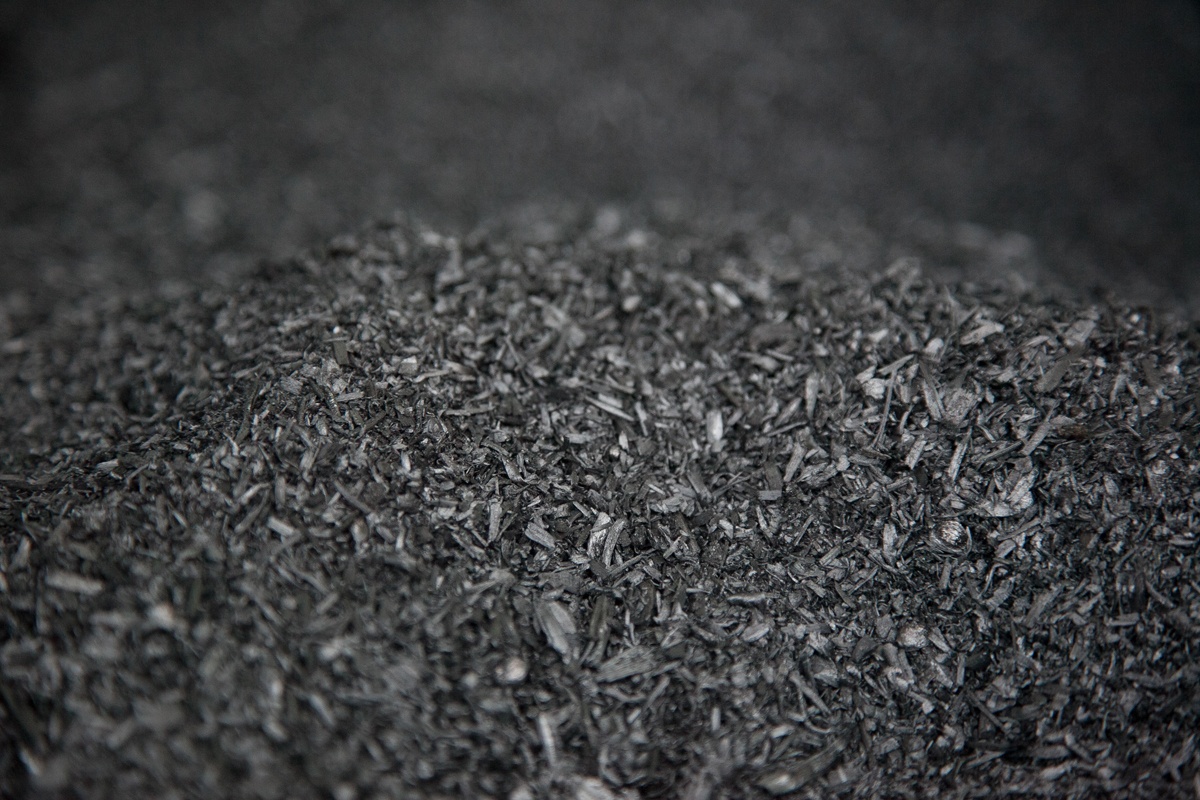The Benefits of Biochar-Another Way to Win with Wood

Finding profitable markets for residual wood material is an ongoing challenge for many forest products companies. Forest thinnings, logging slash, as well as wood products milling, and recycling fiber are all regularly generated. Markets such as biomass, bedding, landscaping mulch, pulp mills, OSB plants, and others are well established, but the low value of fiber means that it is not economically viable to ship considerable distances.
Biochar production has often been looked at as a potentially exciting opportunity for such material yet demand for biochar has been slow to materialize. Change may soon be on the horizon, however, as one biochar producer has recently secured the first carbon credits for biochar in the United States.
What is a Carbon Credit?
A carbon credit, also referred to as a carbon offset or a carbon offset credit, is a generic term for any tradable certificate or permit representing the right to emit a metric ton of carbon dioxide or the equivalent amount of different greenhouse gases.
A company purchases carbon credits to offset its own greenhouse gas emissions. In the recently announced case, the biochar producer sells the biochar to farmers, who apply it to their soil.
As such, carbon is sequestered underground rather than returning to the atmosphere, creating a carbon sink that has now been recognized by a carbon credit certification group. Companies purchasing biochar carbon credits help improve the economics of biochar for producers and consumers of the product.
What is Biochar and it’s Benefits?
Biochar can be described as the solid material obtained from the thermochemical conversion of biomass in an oxygen-limited environment in a process called pyrolysis. That low oxygen environment results in the creation of charcoal rather than merely residual ash.
USDA describes the benefits of biochar as “incredible—improved soil health, enhanced soil water holding capacity, increased plant growth and vigor, cleaner air quality, and perhaps most importantly… the ability to sequester carbon forever.”
Biochar improves soil fertility in two ways. The first and primary advantage is that it aids in retaining soil nutrients from fertilizer and other sources. Secondly, biochar can provide nutrients such as potassium, a limited amount of phosphorus, and other micronutrients. Given that most agricultural soils have been depleted of considerable amounts of carbon in recent decades, the addition of biochar can help reverse the loss.
Farmers can realize long-term improvements to soil health and crop yield with biochar inputs. In one multi-year study, funded by the California Department of Water Resources (DWR), was administered by Sonoma Ecology Center and included support from researchers from the University of California, Riverside, the results were impressive. Biochar increased pinot noir grape yield by an average of 1.2 tons per acre over two years of harvest, paying back the cost of biochar application in just the first year.
There are other applications for biochar. Uses include filtration systems, stormwater management, remediation, and composites. Although in its early stages, biofiber is a good candidate in the latter application as a substitute for costlier and higher environmental impact carbon forms.
Biochar and Climate Change
Beyond its benefits for farming and other applications, biochar also is widely acknowledged for its carbon sequestration benefits in the fight against global warming. It is listed as one of the top five natural climate solutions for climate change mitigation in a 2019 Intergovernmental Panel on Climate Change (IPCC) report.
However, the role of biochar in preventing climate change is not guaranteed. As one article notes, biochar production results from combustion, with greenhouse gases given off in the process
Yet, when energy from the pyrolysis process is harnessed and used in a way that displaces the need for fossil fuels in electricity production, for example, the result may be a positive carbon balance. Such has been the case for the California producer, which utilizes biomass waste removed from sustainably managed, high-risk forests to generate electricity. Its success has now been recognized through the issue of carbon credits.
As businesses increasingly look to reduce greenhouse gas emissions and to offset the emissions they still create, carbon credits may hold the key to accelerating demand for biochar. The biochar market is predicted to grow at a compound annual growth rate of 16.45% through 2025.

